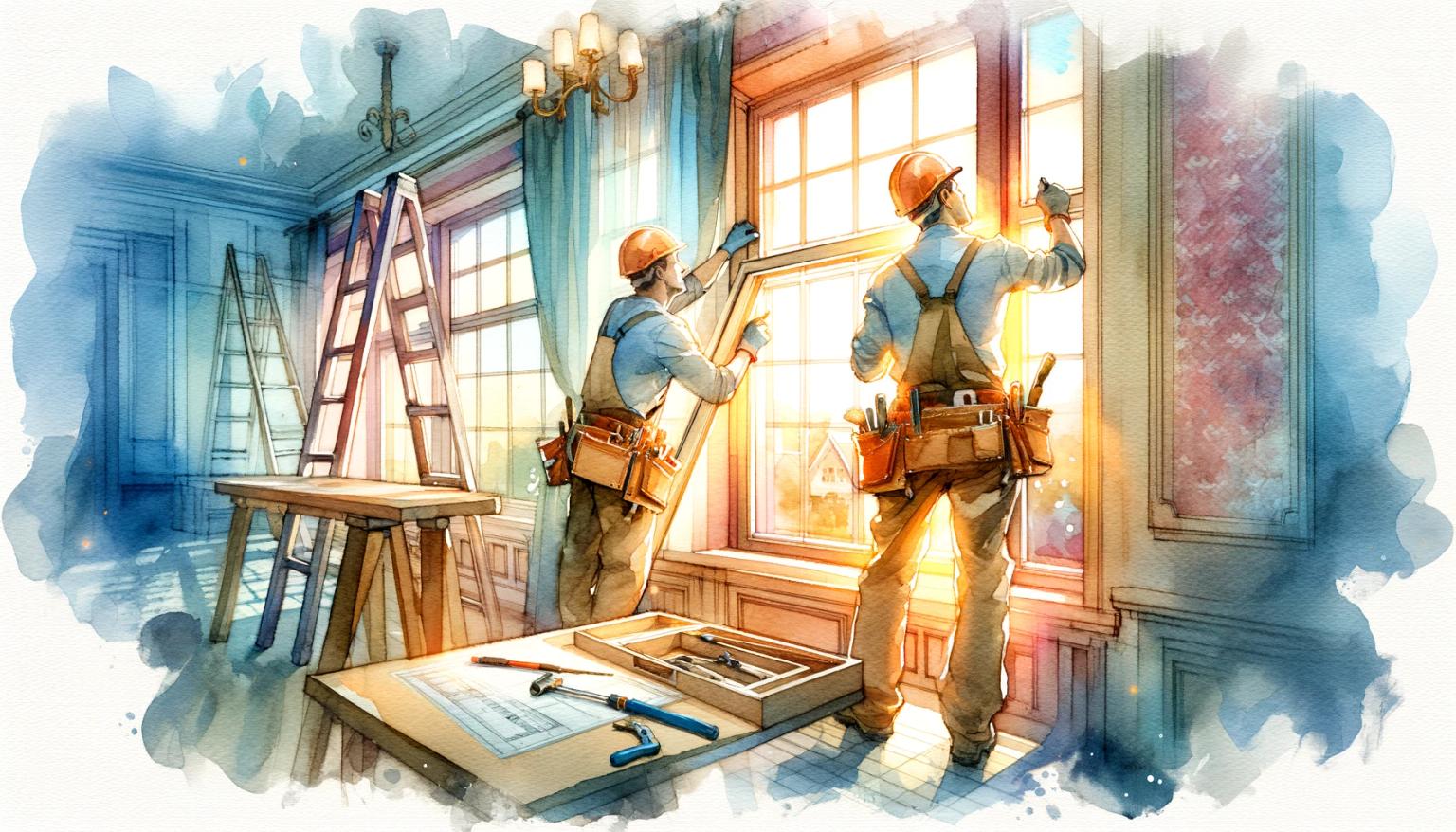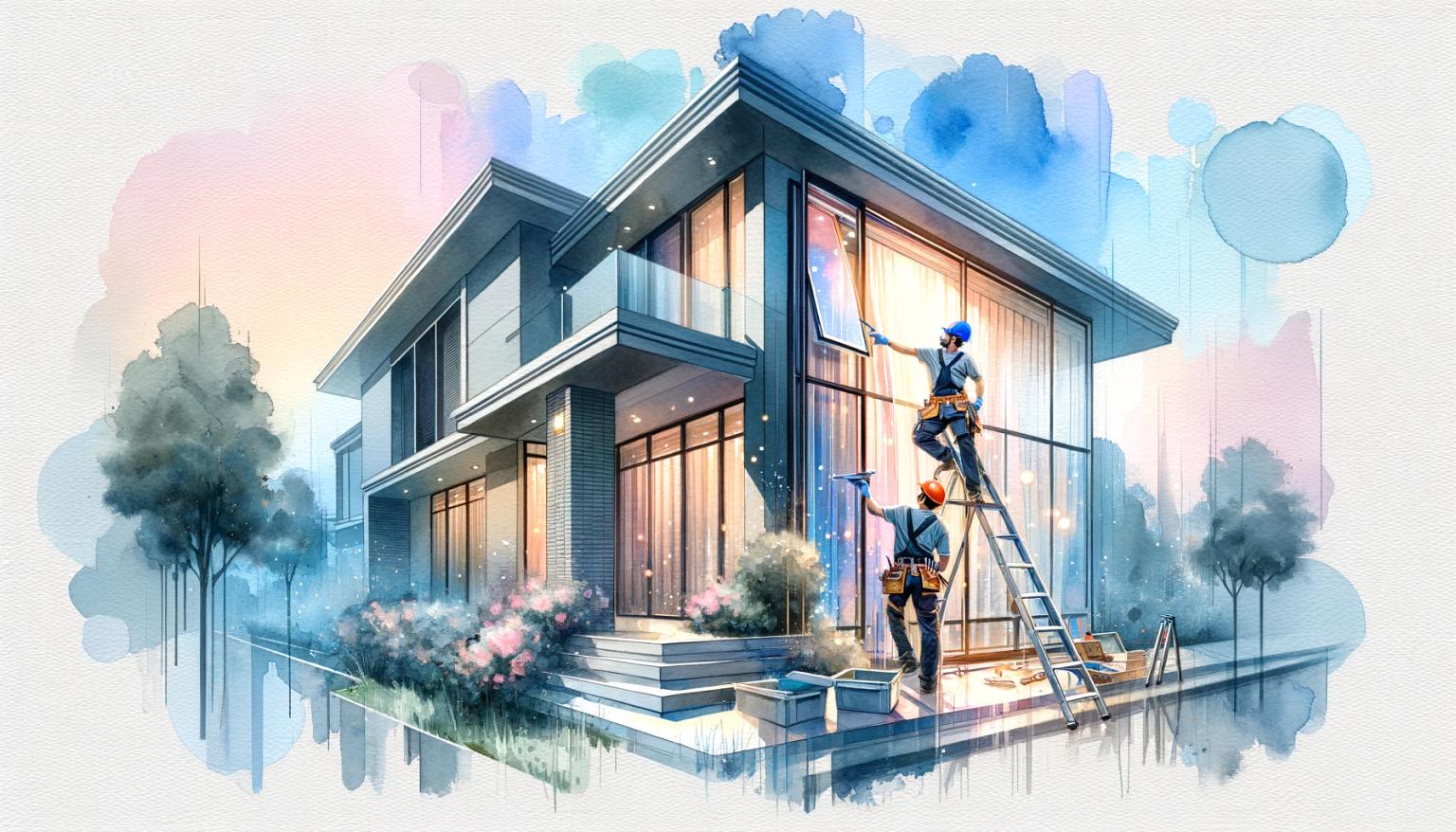- Historical Significance & Preservation Efforts In California
- The Role Of Windows & Doors In Historic Preservation
- California Legal Framework & Guidelines
- Local Amendments & Regulations
- Case Studies & Examples
- Challenges & Considerations
- Best Practices & Recommendations
- Conclusion
California's requirements, regulations, and building codes for window and door installations or replacements in historic buildings and historical preservation zones require a thorough understanding of the complex legal framework that governs these processes. This guide examines the considerations for homes located within historic districts or protected under historical significance clauses. It provides homeowners and restoration professionals with a broad understanding of relevant regulations and best practices.
Historical Significance & Preservation Efforts In California
Historic buildings are treasured for their architectural beauty, cultural significance, and the stories they tell about our past. However, maintaining these structures and adapting them to contemporary needs, such as energy efficiency and safety, without compromising their integrity is a considerable challenge.
California addresses this through a multi-layered regulatory approach that balances preservation with modern requirements. This approach is evident in its comprehensive legal framework and guidelines for protecting historical structures. Windows and doors are particularly significant elements of a building's facade, contributing to its historical authenticity and aesthetic appeal. As such, any replacement or restoration work must be approached with care to preserve these features while ensuring they meet contemporary standards of functionality and efficiency.
The Role Of Windows & Doors In Historic Preservation
In historic structures, windows and doors are not merely functional elements but critical components of their character. Preserving or accurately replicating these features is essential for maintaining the structure's historical integrity. When replacements are necessary - whether for energy efficiency, safety, or condition - matching the visual and material characteristics of the original elements is a priority. Modern technology has made it possible to produce windows and doors that meet energy efficiency standards and safety requirements while replicating historic designs' appearance.
California Legal Framework & Guidelines
The California Historical Building Code (CHBC) provides the primary legal framework for preserving, rehabilitating, restoring, and reconstructing historical buildings. Part 8 of the California Building Code is designed to offer alternative building regulations for rehabilitating, preserving, restoring, or relocating designated historic buildings. This code acknowledges the unique aspects of historic buildings that might preclude strict adherence to the standard building codes and offers flexibility to preserve historical features while ensuring safety and accessibility. The CHBC facilitates cost-effective preservation methods, allowing for the continued use and relevance of historic buildings in today's society.
Local Amendments & Regulations
While statewide codes provide a framework, local jurisdictions may have additional requirements or amendments tailored to their specific preservation goals and safety considerations. These local amendments may address various concerns, from aesthetic considerations in historic districts to structural reinforcements in seismic-prone areas. Engaging with regional planning and preservation offices early in planning ensures compliance and secures the necessary permits.
Various local ordinances and guidelines, such as those provided by San Francisco, Los Angeles, Arcadia, Redlands, Santa Barbara, Anaheim, San Diego, Pasadena, and Sacramento, outline specific regulations regarding window and door replacements in historic buildings. These documents emphasize the importance of maintaining original materials and design features to the greatest extent possible while allowing for modern innovations that improve energy efficiency and safety without compromising historical integrity.
Case Studies & Examples
Each California city with historic districts has its unique approach to enforcing state and local preservation laws. For example, Los Angeles' Historic District Project Review process includes specific considerations for window and door replacements, requiring that any proposed changes be consistent with the historical character of the building and district. Similarly, San Francisco and Santa Barbara offer detailed guidance on acceptable window materials and designs for replacements to ensure they harmonize with the historical aesthetic.
Challenges & Considerations
Homeowners seeking to replace windows and doors in historic homes face various challenges, including navigating the regulatory approval process, finding suitable materials that match the original design while meeting modern performance standards, and, often, the higher costs associated with custom fabrication. Balancing the need to preserve historical authenticity with the desire for improved energy efficiency and functionality is a common concern.
Best Practices & Recommendations
Based on guidelines from the National Park Service, US General Services Administration, and California Office of Historic Preservation (OHP), best practices for window and door replacement in historic homes include:
Early Consultation
Engage with local historic preservation officials and building departments early in planning to understand specific requirements and guidelines.
Research & Documentation
Thoroughly document the existing conditions and historical significance of windows and doors to be replaced or modified, including photographs and original plans or drawings, if available.
Replacement Alternatives
Consider repair or restoration options before considering replacement products.
Expertise
Consult with architects, contractors, and artisans experienced in historic preservation to ensure that replacements or modifications are appropriate and meet both historical and modern standards.
Additionally, consult with preservation specialists and utilize resources such as the California Preservation Foundation and local historical societies to ensure compliance with all regulations and preserve their homes' historical integrity.
Energy Efficiency & Sustainability
Explore options for improving the energy efficiency of historic windows and doors without compromising their historical integrity, such as adding storm windows or using specialized glazing.
Public Resources & Grants
Investigate potential grants, tax incentives, or other resources for historic preservation projects to help offset costs.
Design & Material Selection
Choose materials and designs that closely replicate the original features.
Conclusion
Window and door replacements in California's historic homes require careful consideration of both preservation standards and contemporary needs. By adhering to state and local guidelines, homeowners can successfully navigate the complexities of maintaining their property's historical significance while ensuring it remains functional and sustainable for future generations. The balance between preservation and modernization is delicate but achievable, with respect for historical integrity guiding every decision in the restoration process.


